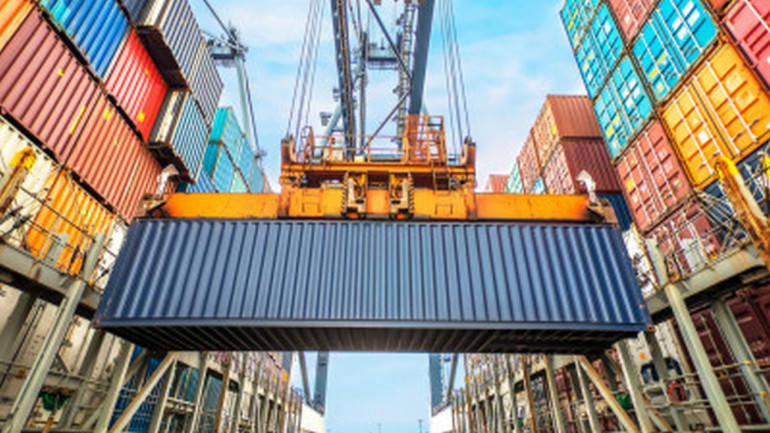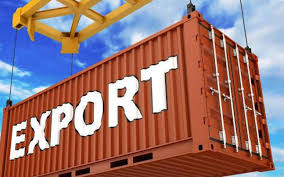Government has taken following steps to increase exports:
- A new Foreign Trade Policy (FTP) 2015-20 was launched on 1st April 2015. The policy, inter alia, rationalised the earlier export promotion schemes and introduced two new schemes, namely Merchandise Exports from India Scheme (MEIS) for improving export of goods and Services Exports from India Scheme (SEIS) for increasing exports of services. Duty credit scrips issued under these schemes were made fully transferable.
- The Mid-term Review of the FTP 2015-20 was undertaken on 5th December, 2017. Incentive rates for labour intensive / MSME sectors were increased by 2% with a financial implication of Rs 8,450 crore per year.
- A new Logistics Division was created in the Department of Commerce to coordinate integrated development of the logistics sector. India’s rank in World Bank’s Logistics Performance Index moved up from 54 in 2014 to 44 in 2018.
- Interest Equalization Scheme on pre and post shipment rupee export credit was introduced from 1.4.2015 providing interest equalisation at 3% for labour intensive / MSME sectors. The rate was increased to 5% for MSME sectors with effect from 2.11.2018 and merchant exporters were covered under the scheme with effect from 2.1.2019.
- Various measures for improving ease of doing business were taken. India’s rank in World Bank ‘Ease of doing business’ ranking improved from 142 in 2014 to 77 in 2018 with the rank in ‘trading across borders’ moving up from 122 to 80.
- A new scheme called Trade Infrastructure for Export Scheme (TIES) was launched with effect from 1stApril 2017 to address the export infrastructure gaps in the country.
- A comprehensive Agriculture Export Policy was launched on 6th December, 2018 with an aim to double farmers’ income by 2022 and provide an impetus to agricultural exports.
- A new scheme called Transport and Marketing Assistance (TMA) scheme has been launched for mitigating disadvantage of higher cost of transportation for export of specified agriculture products.
- A new scheme called Scheme for Rebate of State and Central Taxes and Levies (RoSCTL) covering export of garments and made-ups was notified on 7.3.2019 providing refund of duties/taxes at higher rates.
The trade deficit of merchandise goods increased from 162.05 US$ billions in 2017-18 to 183.96 US$ billions in 2018-19. The trade deficit depends upon relative fluctuations in the import and export of different commodities due to various global and domestic factors such as demand and supply in domestic and international markets, currency fluctuations, trade agreements between competing exporting countries with export destination countries, non-tariff barriers by export destination countries, cost of credit, logistics costs, etc. Trade deficit during 2018-19 has increased primarily due to higher imports of petroleum crude and products, electronic goods and machinery items and less export of gems and jewellery, textiles items and marine products.
Government has put in place a liberal and transparent policy for FDI, wherein most of the sectors are open to FDI under the automatic route. The Government reviews the FDI policy on an ongoing basis and makes necessary changes from time to time to ensure that India remains attractive and investor friendly destination. FDI in various sectors is allowed in a calibrated manner after having consultations with stakeholders, including concerned Ministries/ Departments, State Governments, apex industry chambers, Associations and other organizations, and taking into consideration their views/comments.
This information was given by the Minister of Commerce and Industry, Piyush Goyal, in a written reply in the Lok Sabha
 Indian Industry Plus A Pratisrutiplus Suppliment
Indian Industry Plus A Pratisrutiplus Suppliment















